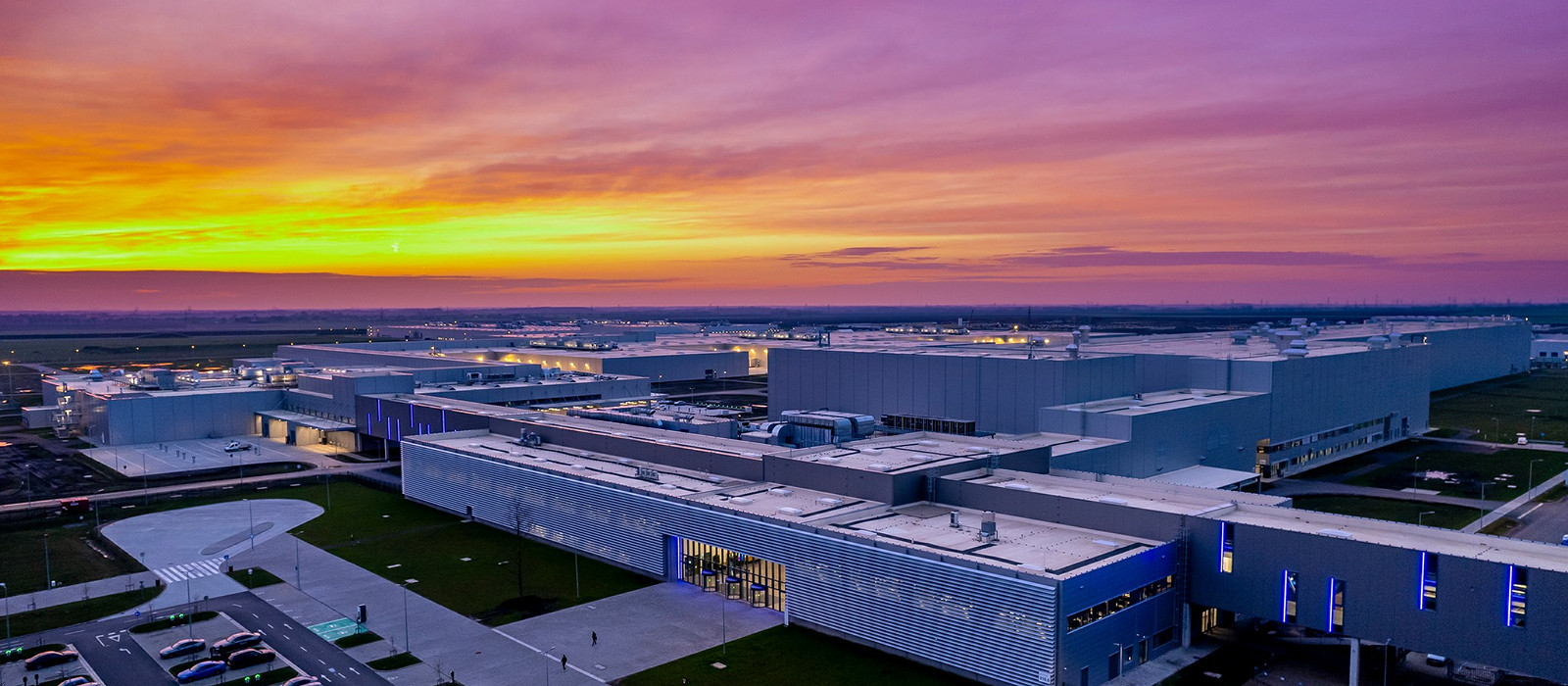Nemcsak a pénzünkre vigyáz az építőipari projektmenedzsment

Construction Project Management Safeguards More Than Just the Budget
There’s a joke that a client can choose any two of the following: speed, quality, and a good price. It’s only half a joke, because these three factors really do influence one another very closely. In essence, the most important task of effective project management is to keep all three in harmony throughout a construction project—aligned to the values that matter to the client. A fourth decisive factor is technology, which—especially in industrial buildings—may even take precedence over the other three, explained Árpád Kégl, Deputy Director of the Project Management Office at CÉH zRt. and one of the company’s vice presidents. For example, in an automotive hall, the foundational precision for production lines is critical, whereas in a logistics center, construction speed and energy efficiency come to the fore.
To achieve the above, you must, on the one hand, stay continually on top of every detail of the build and, on the other, prepare thoroughly—including analyzing the full range of foreseeable risks. This entails many professional tasks. Typical examples—listed without ranking—include design reviews, complex tendering, project preparation, technical supervision, project close-out, cost estimation and verification, and cost rationalization. Design expertise alone is not enough; effective project management requires experience from as many past projects as possible, a strong corporate backbone, and deep market embedment.

Many people primarily perceive projects through the cost lens, so let’s look from that angle too—while stressing that cost control is part of a larger system. Beyond a constant presence in the project’s day-to-day, digital solutions naturally help keep everything up to date, the expert noted. The key is that everything must always be reflected in real time both in the cost tables and in the technical documentation. It’s not just about tracking labor and material needs. We plan costs over the building’s entire life cycle, and we record and assess every change—no matter how small—in that light.
The parameters mentioned—cost, quality, time, and technology—must be kept in balance from the preparation phase onward, within frameworks agreed in advance with the client. This already influences, at the design stage, the construction technologies and material choices—and later, during procurement, even the selection of the contractor. Good design is paramount: in addition to function, it must consider each of the above factors. Parametric design helps enormously here: rather than 2–3, we can examine hundreds of variants upfront—enabling a good engineer to select the optimum. Equally useful are BIM methodologies, which yield ever more accurate, detailed designs, and AI-based tools that let us estimate quantities, labor, and all cost implications with unprecedented precision. For example, BIM clash detection can, already during design, support optimal placement of mechanical and electrical systems—saving time, cost, and resources across the project’s full life cycle.
A common generalization is that the longer a build takes, the more expensive it becomes—but this is only true up to a point. Beyond a certain pace, speed may require special materials and technologies that drive costs up. Among other things, the project management team’s job is to find the optimal balance along this “scale” and—drawing on sufficient practice—keep the project from drifting away from the jointly defined point. Deviations—delays, quality issues, cost overruns—typically trace back to insufficient preparation and risk analysis. Risks include exchange-rate shifts, shortages of materials or contractor capacity, and many other factors. These rarely act alone: what causes slippage often increases costs; scarcity affects price, quality, and schedule, and so on. With enough experience, you can prepare for most of these—by choosing alternative materials or different suppliers.
All of the above hopefully makes it clear that project management is the most effective way to enforce the developer’s interests and intent. It not only keeps the construction on track from every angle; as added value, it saves clients a great deal of time and risk while ensuring their interests prevail throughout the entire process.
This post is based on our article published in Economix.